Read all about our 2016-17 Beach Report Card here.
May 26, 2016 — Californians heading to the shoreline this Memorial Day weekend will be heartened by yet another improvement in water quality at beaches statewide, according to data released today by environmental group Heal the Bay in its 26th annual Beach Report Card.
Heal the Bay analysts assigned A-to-F letter grades to 456 beaches along the California coast for three reporting periods in 2015-2016, based on levels of weekly bacterial pollution. Some 95% of beaches received A or B grades during the high-traffic summer season (April-October 2015), slightly above the statewide five-year average.
The severe drought now impacting California appears to be a major contributing factor to improved water quality at beaches statewide. With record low rainfall reducing the amount of polluted runoff funneled into our seas, beach grades across the state are consistently outperforming their averages.
The Report
Overall, only 12 of the 456 beaches (3%) monitored statewide received D or F grades during summer dry weather, when most beachgoers typically use the ocean. High bacteria counts at these sites are linked to such potential illnesses as stomach flu, ear infections and major skin rashes.
To avoid illness, ocean-goers can check the latest water quality grades at their favorite beaches, based on the latest samples, each week at beachreportcard.org.
Heal the Bay also urges beachgoers to avoid enclosed beaches, which are often riddled with harmful bacteria, and to swim at least 100 yards away from flowing storm drains and piers.
Heal the Bay’s annual Beach Bummer List, a ranking of the state’s 10 most polluted beaches, is split among beaches in Southern and Northern California. Cowell Beach in Santa Cruz has the dubious distinction of topping the list for a third year in a row. New entrants this year include Shoreline Park at Shelter Island in San Diego and Monarch Beach near Salt Creek in Dana Point.
This Year’s Top 10 Beach Bummers
- Cowell Beach, west of the wharf (Santa Cruz County)
- Clam Beach, near Strawberry Creek (Humboldt County)
- Shoreline Beach Park at Shelter Island (San Diego County)
- Monarch Beach, north at Salt Creek (Orange County)
- Santa Monica Pier (Los Angeles County)
- Marina del Rey – Mother’s Beach (Los Angeles County)
- Redondo Municipal Pier (Los Angeles County)
- Candlestick Point/Sunnydale Cove (San Francisco County)
- Pillar Point, end of West Point Ave. (San Mateo County)
- Pismo Beach Pier, 40 feet south (San Luis Obispo County)
Click here a for slideshow with details about challenges at each of the Bummers.
On a more positive note, 34 beaches in the state were named to Heal the Bay’s Honor Roll, meaning they were monitored year-round and scored perfect A+ grades every week of the year, regardless of dry or rainy conditions. San Diego County boasted the most beaches on the Honor Roll, with 14 sites earning top marks.
While low rainfall totals have led to significantly improved water quality statewide, it should be noted that California often swings from extended dry periods to shorter periods of intense, wet weather.
In response, Heal the Bay’s policy staff is advocating for public funding measures to build infrastructure projects that capture, cleanse and reuse stormwater rather than dumping it uselessly into the sea. Progressive city planning, smart public infrastructure and so-called Low Impact Development in the private sector would turn a nuisance into a resource.
While beach water quality grades may be higher in a given year due to less runoff, the results should not provide a false sense of security about long-term improvements at chronically impaired beaches. When the rains come, poorer grades often follow.
Nearly one in four monitored beaches in California received F grades for wet weather in the report, a figure that raises public health concerns for the state’s growing legion of year-round surfers, paddle-boarders and divers. The marked seasonal difference in water quality is why Heal the Bay recommends that ocean-users avoid the water for at least three days after a storm.
Most of the California coastline earned A grades throughout the summer reporting period. Some 86% of L.A. County beaches received A grades for the summer. Beaches in Orange County earned A’s at 94% of locations. San Diego County also scored very well, with 86% of its monitored sites earning A marks in the summer.
Moving up the coast, 100% of Ventura County beaches earned A grades in the summer, while 85% of beaches in Santa Barbara County received top marks. Nearly nine in 10 San Luis Obispo County beaches notched A’s. Some 74% of Santa Cruz beaches scored A summer grades, but it had two beaches receive F grades. Monterey County beaches, which had a few underperforming sites in last year’s report, earned 100% A grades in the latest summer reporting period.
Further north, 82% of San Mateo County beaches scored A grades, but it also had two beaches with a grade of D or F during the summer reporting period. Some 77% of San Francisco locations received A grades for the summer in the report, dragged down by pockets of pollution at bayside beaches. Marin County and Sonoma counties each had 100% of beaches earn an A summer grade. Mendocino and Humboldt counties earned mixed grades.

Heal the Bay to forecast water quality
This summer Heal the Bay, Stanford University, and UCLA will expand their pilot program to test the effectiveness of new predictive beach water-quality tools. Using sophisticated statistical models, environmental data, and past bacteria samples, the scientific teams are aiming to accurately predict when beaches should be posted with warning or open signs.
Promising results from last year’s pilot at three beaches (Arroyo Burro Beach, Santa Monica Pier Beach, and Doheny Beach) indicated that agencies may be able to post a warning notice immediately at pollution-impacted beaches rather than waiting one-two days for bacteria testing. These new models will protect public health by providing more timely and advanced water quality information to public health officials. This summer, Heal the Bay will add two more beaches to the predictive modeling program – East Beach in Santa Barbara and Belmont Pier in Long Beach.
Read the full report
 The answer has to do with the sand crab’s life cycle. Adult sand crabs have a mating season between November and February. Their eggs develop for 30 days, before hatching into planktonic larvae. These larvae float around in the ocean for a little over four months and go through six different life stages (which ensures that they become widely dispersed and colonize new areas)! They eventually settle onto shore as juveniles, or “recruits,” and about a month later become fully grown adults. This explains why we are currently finding so many sand crabs, especially many of the recruits that were laid in the early months of mating season, drifted as plankton for months, and have now made the Santa Monica beach their home. As they continue to feed and grow, they will soon start the process all over again.
The answer has to do with the sand crab’s life cycle. Adult sand crabs have a mating season between November and February. Their eggs develop for 30 days, before hatching into planktonic larvae. These larvae float around in the ocean for a little over four months and go through six different life stages (which ensures that they become widely dispersed and colonize new areas)! They eventually settle onto shore as juveniles, or “recruits,” and about a month later become fully grown adults. This explains why we are currently finding so many sand crabs, especially many of the recruits that were laid in the early months of mating season, drifted as plankton for months, and have now made the Santa Monica beach their home. As they continue to feed and grow, they will soon start the process all over again.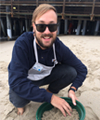 Taylor Spesak is the Aquarium’s public programs educator. Join him every Wednesday at 3pm for sand crab monitoring. The program is included with Aquarium admission.
Taylor Spesak is the Aquarium’s public programs educator. Join him every Wednesday at 3pm for sand crab monitoring. The program is included with Aquarium admission.


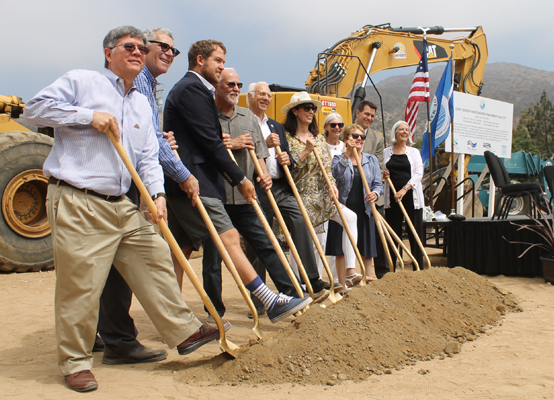 It was especially gratifying to see Mark Gold, past Heal the Bay president and current board member, in attendance. Amid often fierce opposition from city officials and some Malibu property owners, Gold led the charge to demand an end to septic tanks in the Civic Center area for many years. He helped broker an MOU between the city and the regional water board that phased out septic tanks and mandated the building of a more modern treatment facility. (You can read more about his war wounds in one of his blog posts
It was especially gratifying to see Mark Gold, past Heal the Bay president and current board member, in attendance. Amid often fierce opposition from city officials and some Malibu property owners, Gold led the charge to demand an end to septic tanks in the Civic Center area for many years. He helped broker an MOU between the city and the regional water board that phased out septic tanks and mandated the building of a more modern treatment facility. (You can read more about his war wounds in one of his blog posts  Julie Potyraj is the community manager for
Julie Potyraj is the community manager for 
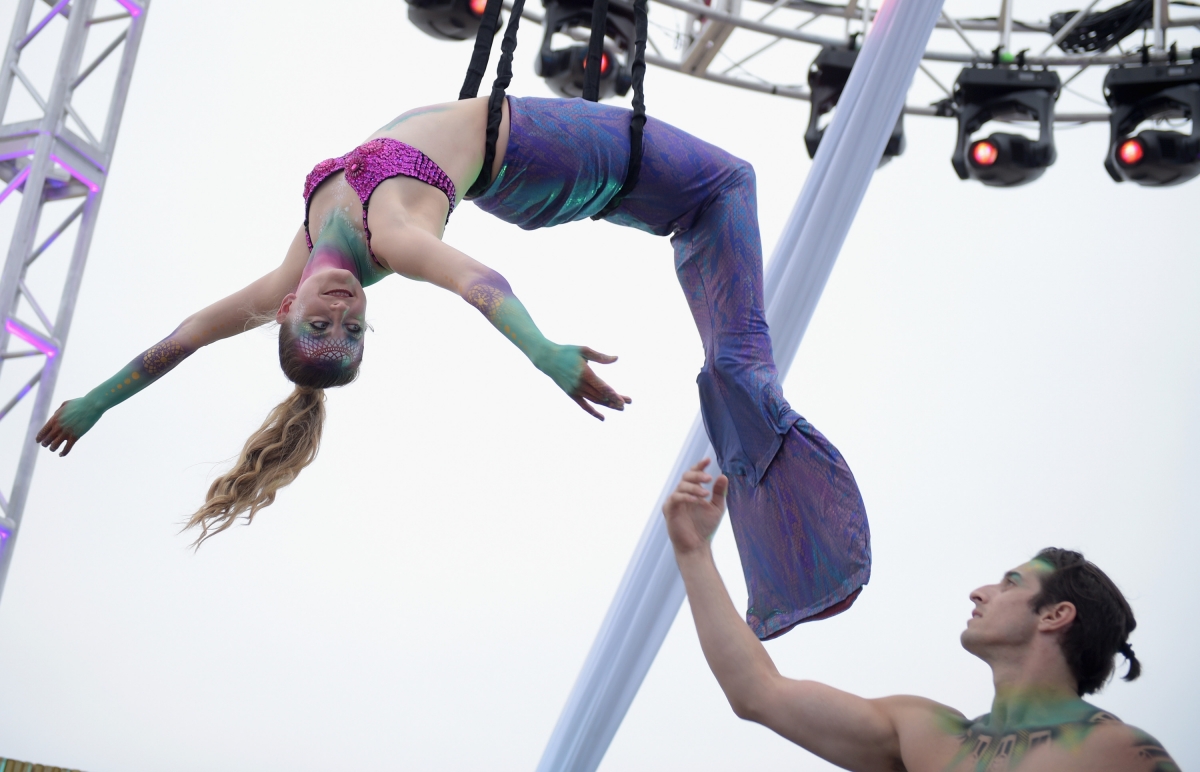
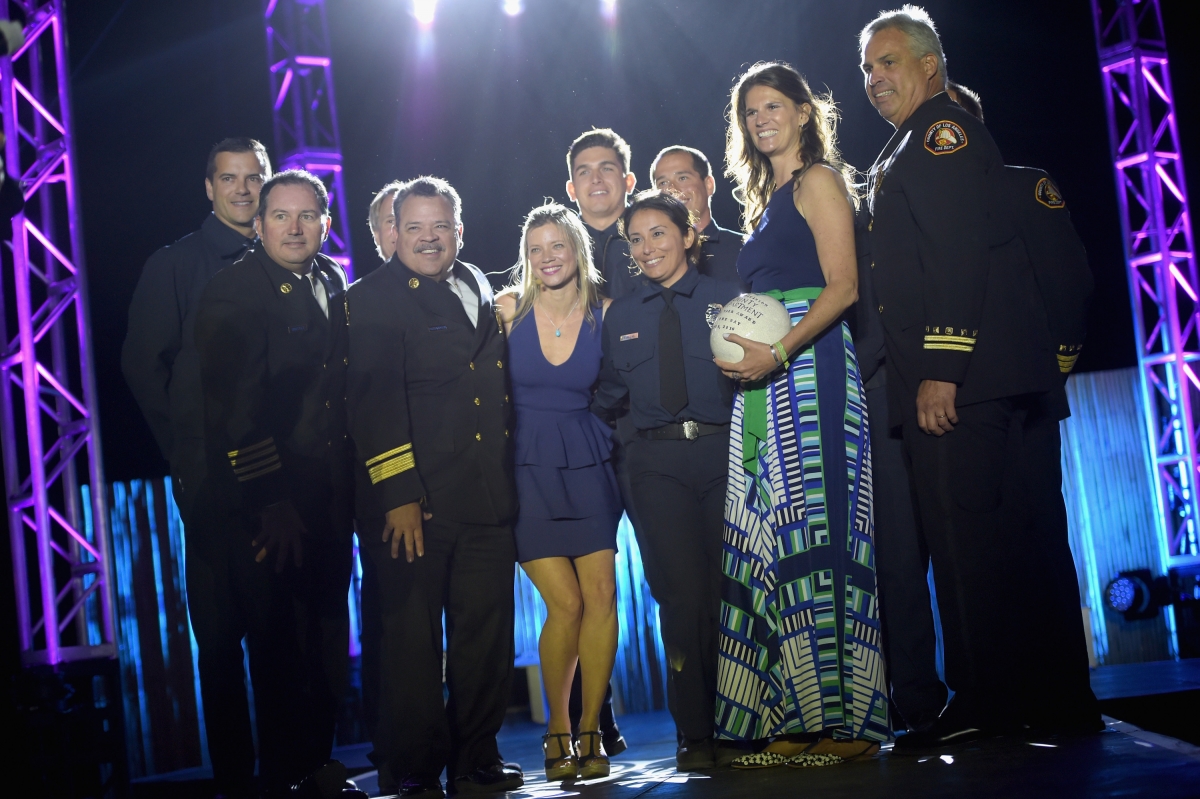
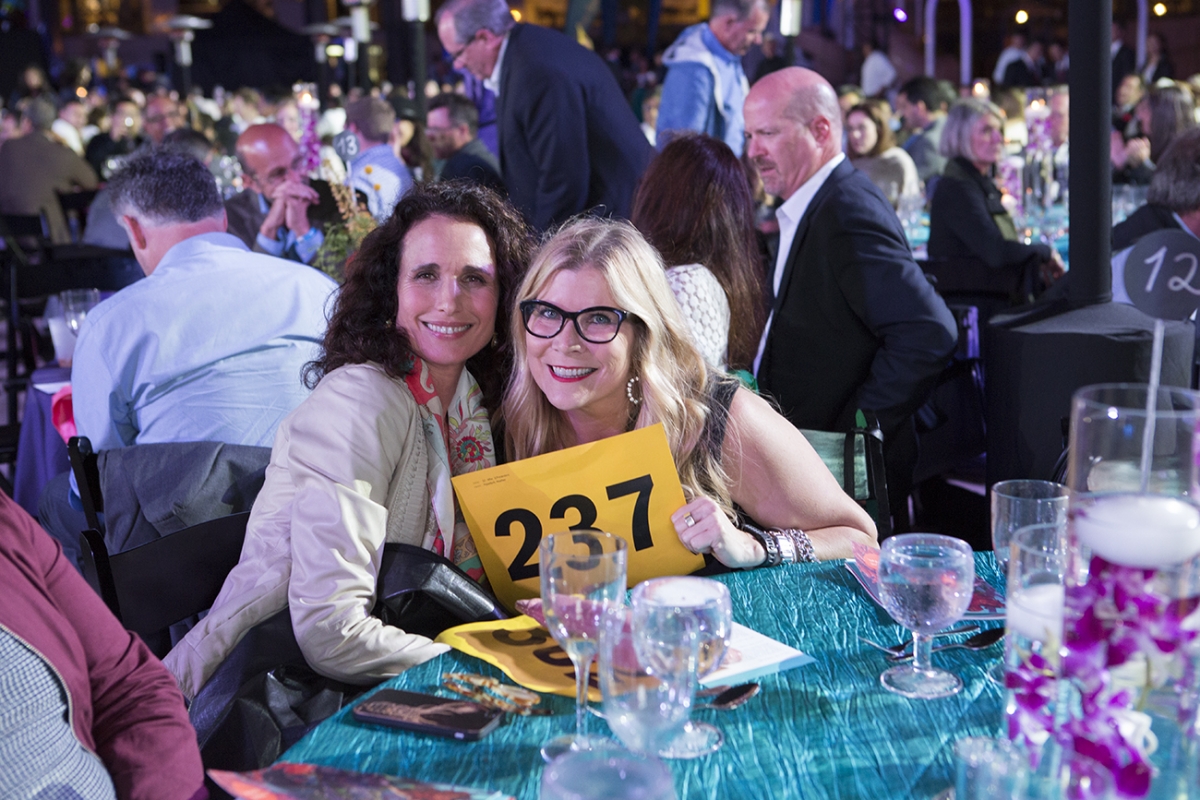
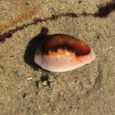 The more upcoast tide pools near Paradise Cove are formed by tall rocks, making tide pooling possible even at mid-tide! In these northern pools you can see woolly sculpins, sand castle worm colonies, and turban snails. You might even get lucky and spot a beautiful chestnut cowrie, like the one pictured on the right. Remember to tread lightly on rocks to avoid stepping on marine life, be gentle when touching critters, and leave animals in their tide pool homes. Check the tides before you go and time your visit for a low tide. Please be careful and do not climb on the rocks – they are slippery and wet, so it is very easy to fall and hurt yourself.
The more upcoast tide pools near Paradise Cove are formed by tall rocks, making tide pooling possible even at mid-tide! In these northern pools you can see woolly sculpins, sand castle worm colonies, and turban snails. You might even get lucky and spot a beautiful chestnut cowrie, like the one pictured on the right. Remember to tread lightly on rocks to avoid stepping on marine life, be gentle when touching critters, and leave animals in their tide pool homes. Check the tides before you go and time your visit for a low tide. Please be careful and do not climb on the rocks – they are slippery and wet, so it is very easy to fall and hurt yourself.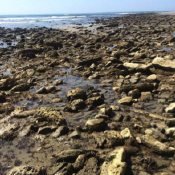 Heading south in Little Dume Cove, the pools are no longer formed by ridges of large rocks and are instead formed by many low rocks and small boulders. This area is very accessible and would be great for the whole family. Be sure to get there at the low tide, the rocks are easy to walk across and there is less chance of getting splashed by incoming waves. These pools have an abundance of life but please don’t take anything home! This is a State Marine Reserve so fishing/harvesting of all marine resources is prohibited. If you see anyone collecting from the tide pools during your trip to Little Dume Cove and the Point Dume State Marine Reserve, please call the California Department of Fish and Wildlife at 1-888-334-CALTIP.
Heading south in Little Dume Cove, the pools are no longer formed by ridges of large rocks and are instead formed by many low rocks and small boulders. This area is very accessible and would be great for the whole family. Be sure to get there at the low tide, the rocks are easy to walk across and there is less chance of getting splashed by incoming waves. These pools have an abundance of life but please don’t take anything home! This is a State Marine Reserve so fishing/harvesting of all marine resources is prohibited. If you see anyone collecting from the tide pools during your trip to Little Dume Cove and the Point Dume State Marine Reserve, please call the California Department of Fish and Wildlife at 1-888-334-CALTIP.
